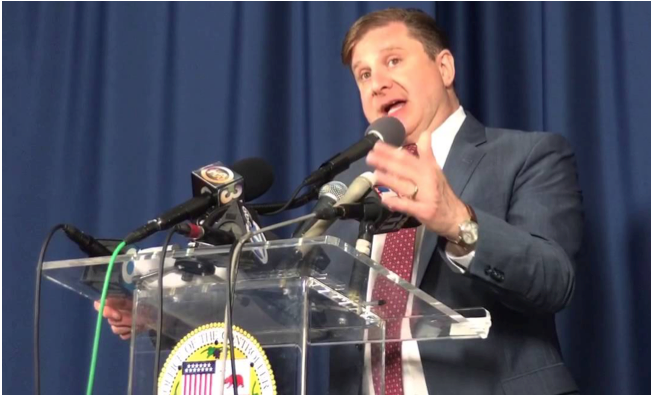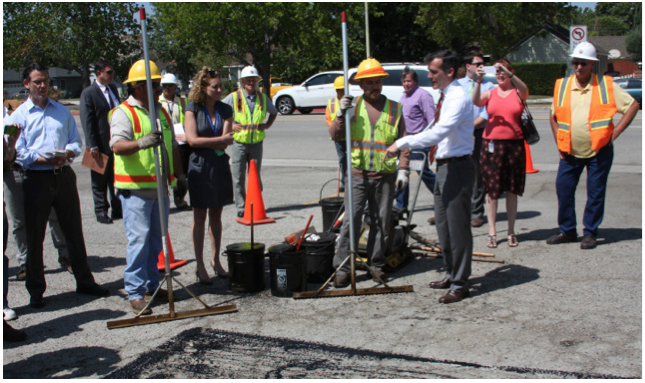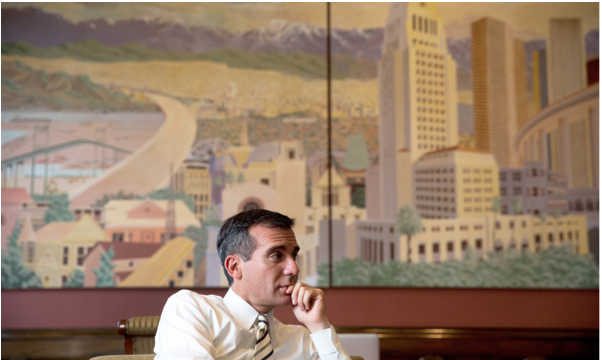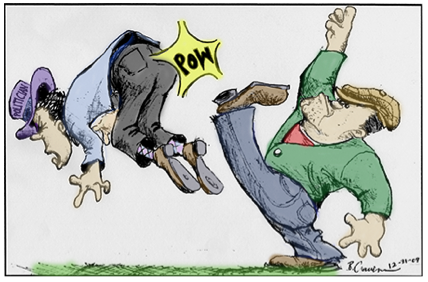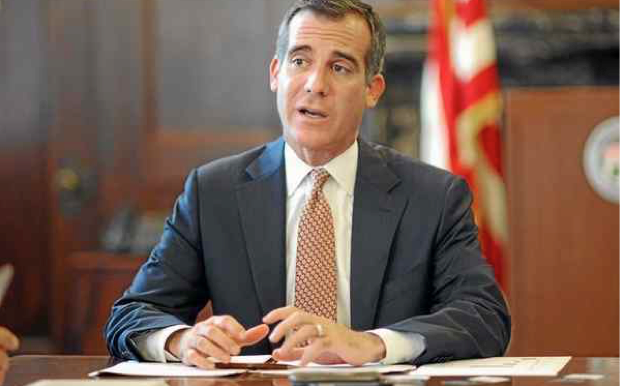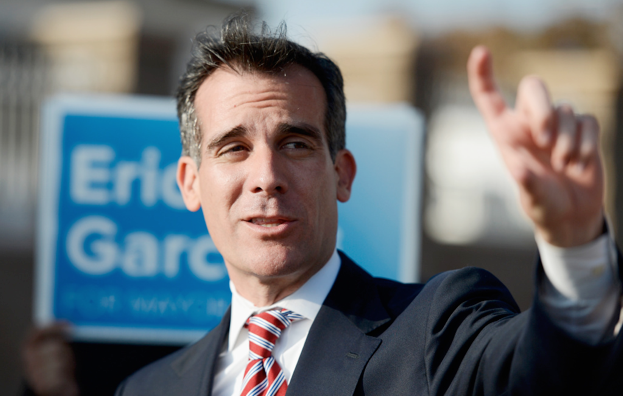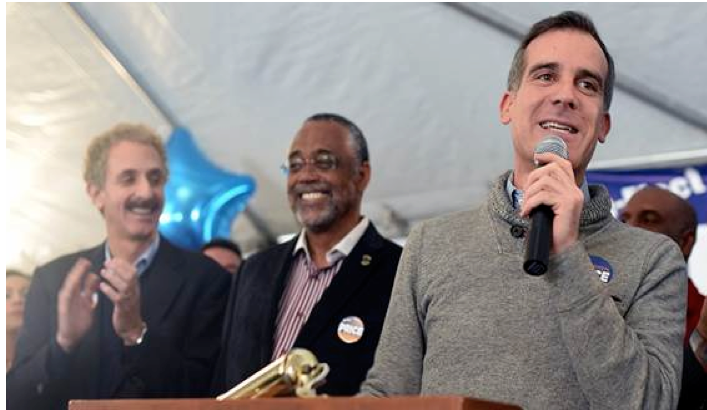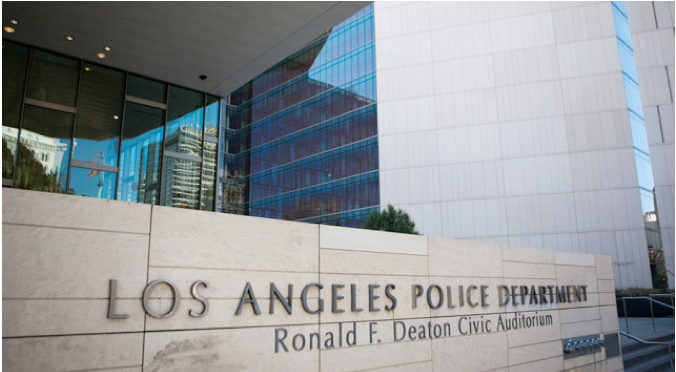La La Land Gimmicks Will Cost Angelenos $20 Million
LA WATCHDOG--Contrary to the recommendation of Controller Ron Galperin, the Los Angeles City Council passed a resolution on Wednesday approving the issuance of up to $60 million of Judgment Obligation Bonds. The net proceeds will be used to replenish the City’s Reserve Fund that has been the source of the cash needed to pay for a slew of lost law suits that far exceeded the $68 million in the City’s budget.
Under this plan to fatten up the Reserve Fund, the City will be on the hook for annual payments of almost $8 million for the next ten years, a total of $80 million. This includes approximately $20 million in interest payments to wealthy California investors who love double tax exempt bonds, money that the City could devote to priorities such as our streets and sidewalks, Vision Zero (safe streets), or the homeless.
This annual payment of $8 million is in addition to the $9 million payment associated with the $50 million of Judgment Obligation Bonds issued in 2010 to fund, in part, the legal payments involving the May Day demonstrations in and around McArthur Park in 2007.
Galperin, on the other hand, recommends that the City save $20 million in interest expense by forgoing the issuance of the Judgment Obligation Bonds. He proposes to restore the balance of the Reserve Fund to a level above the targeted threshold amount of $279 million (an amount equal to 5% of the General fund revenue) by sweeping unspent departmental funds at year end into the Reserve Fund.
Financing everyday operating expenses (including legal judgments) and the Structural Deficit with long term debt is a fool’s solution that is embraced by Paul Krekorian, the Chair of the Budget and Finance Committee of the City Council. Not only is it poor financial policy, it burdens the next generation with the sins of the past.
At the City Council, Krekorian argued that it was prudent for the City to preserve the option to issue the Judgment Obligation Bonds because of the great uncertainties facing the City. These include projected budget deficits, revenue shortfalls, pressure on the Reserve Fund, a downturn in the economy, less money from Washington, a downgrade by the rating agencies, an adverse stock market, and a lowering of the investment rate assumption for the City’s two pension funds.
But this argument of preserving the City’s options is pure baloney. When City Hall smells new sources of cash, it is full speed ahead. There is no more dangerous place than standing between the members of the City Council and new cash for the General Fund unless it is between them and campaign contributions from real estate developers.
The Judgment Obligations Bonds would not have been necessary if Krekorian and his Budget and Finance Committee had followed the recommendation of the City Administrative Officer to increase the Liability Claims budget to $120 million, a number approximating the prior year’s expenditure of $110 million, almost a double of the budgeted $68 million.
If the Krekorian and the Budget and Finance Committee had been true stewards of the City’s treasury and our money, they would not have needlessly diverted $213 million from the Reserve Fund to the General Fund over the last three years to pay for everyday operating expenses. After all, revenues during this three-year period increased by almost $600 million.
If the Reserve Fund had not been raided, its balance would be almost $500 million, negating the need for any Judgment Obligation Bonds.
Krekorian also said that the lowering of the investment rate assumption for the City’s pension plans would be a “disserve to the public” because it would increase the City’s pension contributions by hundreds of millions. But that begs the question of how he proposes to eliminate the City’s unfunded pension liability that is estimated by Moody’s Investor Services to be more than $20 billion.
But it is Krekorian and his Budget and Finance Committee that are doing a “disservice to the public” by continuing to kick the budget can down our lunar cratered streets and broken sidewalks. We have rivers of red ink, Structural Deficits, massively underfunded pension plans, and some of the worst streets in the nation.
As a first step in reforming our City’s finances, deep six the Judgment Obligation Bonds and save us $20 million.
And then Krekorian and his Budget and Finance Committee need to develop a long term plan that will require the City to Live Within Its Means. Is that too much to ask of the highest paid City Council in the country?
(Jack Humphreville writes LA Watchdog for CityWatch. He is the President of the DWP Advocacy Committee and is the Budget and DWP representative for the Greater Wilshire Neighborhood Council. He is a Neighborhood Council Budget Advocate. Jack is affiliated with Recycler Classifieds -- www.recycler.com. He can be reached at: [email protected].)
-cw



